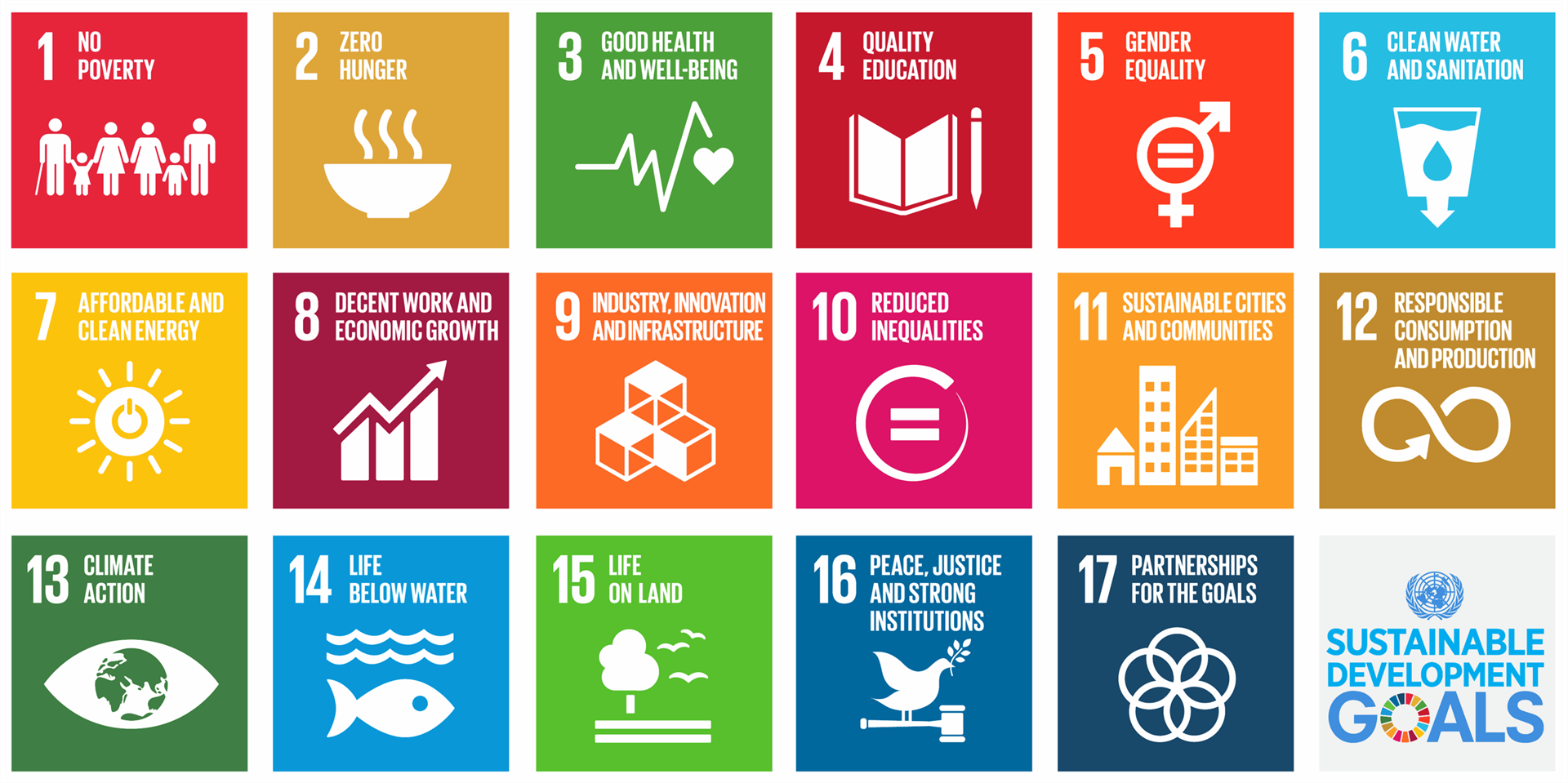The UN Sustainable Development Goals: An introduction for marketers
In 2015, the United Nations unveiled a series of 17 Sustainable Development Goals (SDGs) with the purpose of ending poverty, protecting the planet and ensuring peace and prosperity around the globe by 2030. More than 100 countries have pledged to “Leave No One Behind” and fast-track the progress in regions that are the furthest behind first (Source: UNDP). The SDGs provide a valuable framework to guide private and public sector organizations on where to focus their efforts AND how to get there. Spanning the 17 goals, there are 169 targets and 232 performance indicators.

This article is the first in a three-part series on SDG implementation in marketing initiatives.
Why does this matter for marketers?
Research shows that people are more willing to buy a product that is made by a sustainable company with a commitment to community, cause and environment. Marketers play a very important role in shaping the narratives and the credibility of an organization's commitment to, and advancement of, the SDGs. Marketers must go beyond just focusing on the icon and overarching goal and rely on data, taking into consideration the underlying targets for each SDG, and their company’s specific role and focus.
Often, the department or business unit accountable for corporate social responsibility (CSR) and alignment of SDGs varies, which can lead to a disparate communications strategy. Marketing leaders should be conducting environmental scans of their organizations, particularly in partnership with HR and communications colleagues, or CSR/sustainability leads in organizations that have made investments to shape dedicated programs or departments.
To gain more insights, members of the CMA NFP Council spoke with SDG expert Eric Saarvala, Founder and Principal of Impactalyst Consulting. Saarvala advises: “Consider your organization’s overarching purpose and social impact strategy if there is one. Examine community investment/philanthropy programs, sustainability goals and practices, and diversity, equity and inclusion (DE&I) policies. Today, especially for publicly traded companies, there is growing interest in these areas, through environmental, social and governance (ESG) criteria, as it plays into shareholder value and expectations.”
While sustainability narratives are becoming increasingly mainstream, there’s a real opportunity for businesses to have significant and meaningful impact. In particular, for small and medium-sized enterprises (which make up 99% of Canadian businesses), there’s a huge opportunity when it comes to partnerships. Within the not-for-profit sector, there are many organizations that can, and should, do better in tracking and advancing the SDGs given their missions are already aligned to this work. However, there are often there are gaps in capacity, knowledge, or expertise preventing them from doing so. “Businesses can come together with non-profits, where they can combine their expertise, technology, best practices and capacity for innovation, to advance a common SDG collectively. Businesses can amplify the work of non-profits and, as a result, effect a more meaningful, transformational outcome,” adds Saarvala.
How can organizations align their CSR, ESG or sustainability strategies to the SDGs?
While all of this may be seemingly obvious, initiating the development and launch of a CSR or SDG strategy and framework for a not-for-profit can be a daunting task. Here is some advice for marketers:
- Building a sustainability strategy begins at the top, and the CEO, board, and SLT need to champion the mandate, and promote a receptive organizational culture. To identify that mandate, consider your business.
- Engaging in a materiality assessment will help your business determine what is important to you and your stakeholders. What are your organizational superpowers and what are your areas of risk? What might it mean to your business if a particular SDG fails? How are your stakeholders most impacted?
- Identify what you can meaningfully achieve and start with choosing three to five SDGs and targets that align to your organization highest priorities and significant economic, environmental and social impacts. Both positive and negative impacts on the SDGs have to be considered. The most successful organizations are able to embed this important work throughout the company vs. creating a standalone department.
Read Part 2 of the series.



































